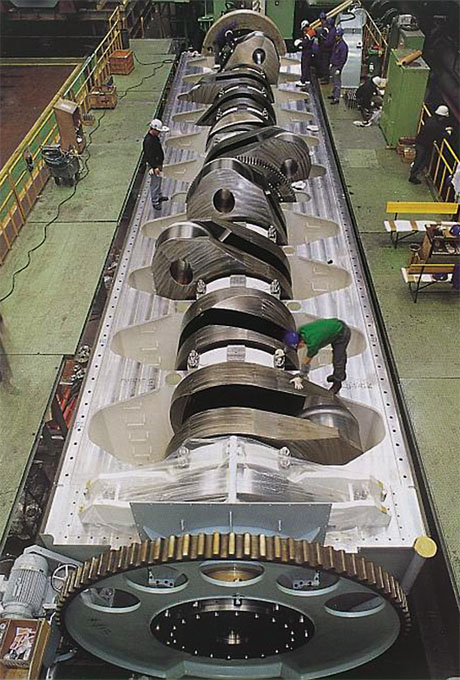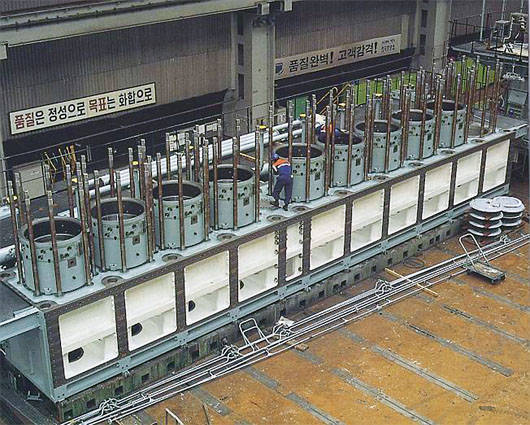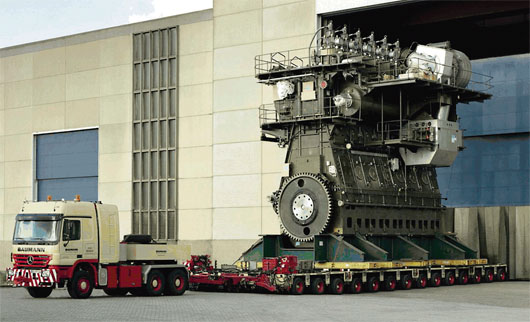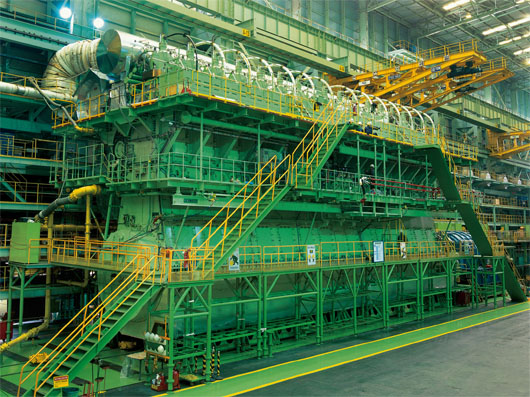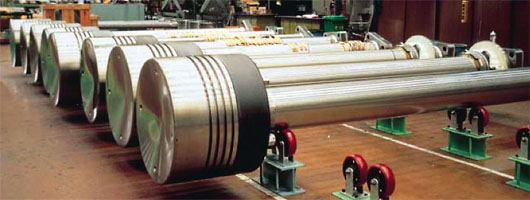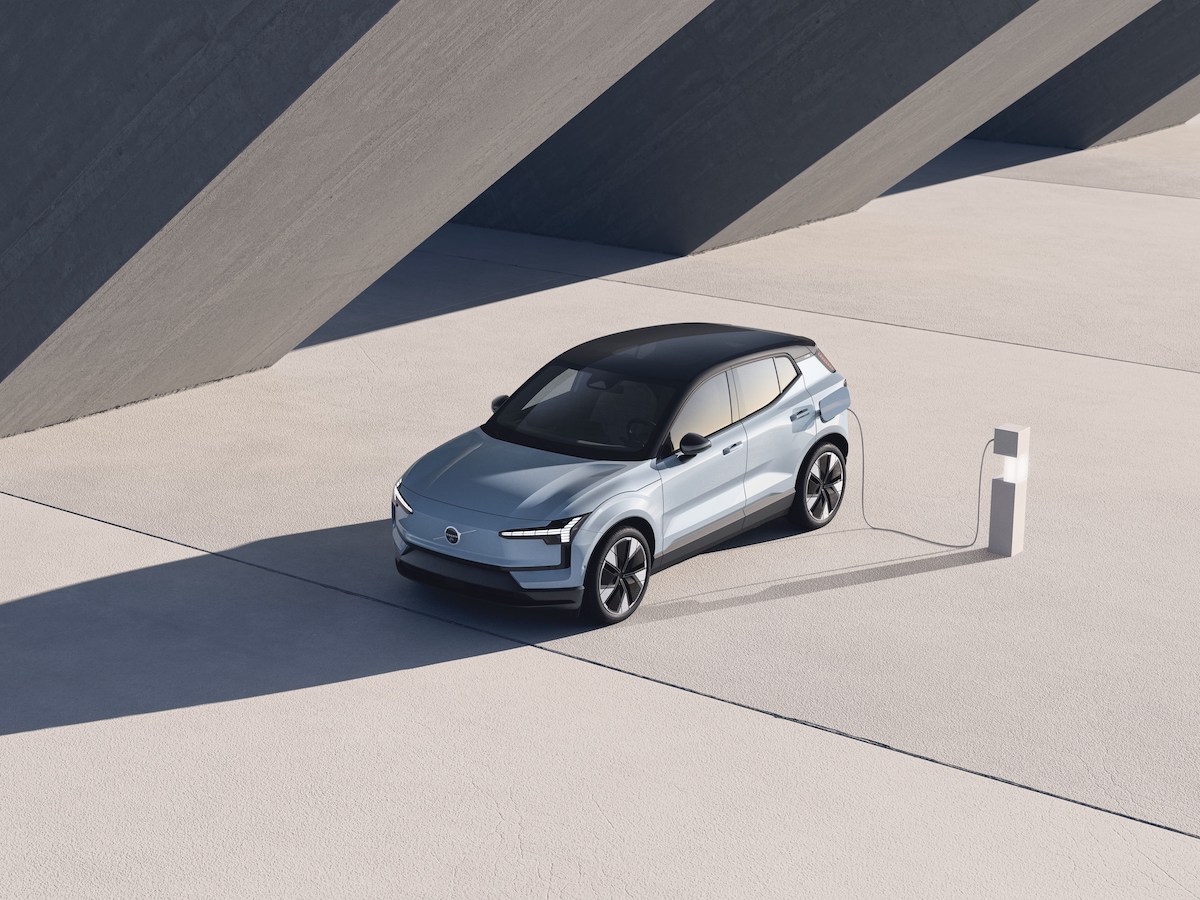The engine. The driving force behind all self-propelled vehicles, including planes, ships, trains and cars. Some are small, others massive. But where did it all start? Where is the technology heading to in the future? We look at some weird and wonderful examples of the species that is called “engine”
Compiled by: Danie Botha
A total of 85 000kW, from a 14-cylinder engine. In fact, kiloWatt s become redundant when talking this powerful: the more correct unit is megaWatt . And there are 85 of them.
The Wärtsilä-Sulzer RTA96-C marine engine is the biggest and most powerful reciprocati ng engine in the world. Featuring the latest common-rail turbodiesel technology, the massive two-stroke machine stands fi ve storeys high, is 27m long, and weighs in at more than 2000 tons.
Designed to power the biggest of the big container ships, the engine is available in six, eight, ten, 12 and 14-cylinder configurations, powering a single propeller. In its 14-cylinder format it ticks over at 92-102 r/min, due to the massive moving parts. This includes pistons with one metre in diameter, and a crankshaft that weighs in at more than 300 tons.
Fuel economy? These massive machines are on a strict diet of heavy fuel oil (commercial diesel fuel), and when operating at normal levels, drink about R30 000 worth of fuel – every single hour!
Okay, so this is not your typical, run of the mill engine.
But where did it all begin? Who was the bright spark, if you’ll excuse the pun, who one day woke up, and decided to design an engine?
It all began in 1206, when one al-Jazari, an Arabic scholar, inventor, engineer, astronomer and craftsman, was the first person to moot the possibility of the reciprocating engine. Said to have been more of a practical engineer than an inventor, al-Jazari was the first to describe “a double-acting reciprocating piston pump with a crank-connecting rod mechanism.”
It was the basic principle of the internal combustion engine, and today even the 85mW Wärtsilä-Sulzer operates on that same principle.
After 1206 several inventors theorised about “the engine”, including Leonardo da Vinci. But it was only in the 17th century that Englishman Sir Samuel Morland experimented with gunpowder, which he used to drive water pumps with. It must have been a dangerous and rudimentary business, but Sir Morland had unwittingly created the world’s very first operational internal combustion piston engine.
In 1794 Robert Street from England built the world’s first compressionless engine, a piston engine that ran on an air-fuel mixture that was sucked or blown into the cylinder during the first part of the stroke. For nearly a century this principle of this compressionless engine dominated the engine market, even though small advancements were made in years to come.
But it was in 1876 that the real breakthrough came. German Nikolaus Otto, working together with Gottlieb Daimler and Wilhelm Maybach, developed a practical four-stroke cycle engine. In-cylinder compression, the basis on which modern engines still operate, was born.
Another three years down the line, in 1879, one Karl Benz, working on his own, patented a reliable two-stroke engine, based on Otto’s four-stroke design. Benz continued work on a four-stroke design too, which in 1885 powered the world’s first production internal combustion car. By 1888 the three-wheeled Motorwagen became the very first car to be sold – four years ahead of any other manufacturer.
In the next few years new engine technology arrived thick and fast. In 1891 Herbert Akroyd Stewart built the first coldstart compression ignition engine (used in water pumps). In 1892 Dr Rudolf Diesel developed his Carnot “heat engine”. In 1896 Karl Benz invented the boxer engine, or horizontally opposed engine (no, it was not Subaru).
By 1900 Rudolf Diesel had progressed to demonstrating the diesel engine, which ran on peanut oil fuel. Norwegian Jens Elling built the world’s first working gas turbine engine in 1903. By 1908 Frenchman Rene Lorin patented the design for a ramjet. In 1910 Romanian Henri Coanda built and flew the first jet-powered aircraft (using a gasoline engine-powered compressor, but the design was abandoned due to low efficiency).
Auguste Rateau from France came up with the idea of using exhaust-powered compressors to improve performance (the turbocharger) in 1916, and in 1926 American Robert Goddard built and launched the first liquid-fuelled rocket.
These are just a handful of engine-related innovations over the past centuries. But while innovation took place at a relatively slow rate in days gone by, the last few decades have seen a boom in major advancements.
The massive Wärtsilä-Sulzer RTA96-C marine engine is obviously an example of this. But this brute of a machine is specifically built to power a mammoth oil tanker carrying up to 550 000 tons of the valuable black stuff.
So what about the other end of the scale? The small side.
Well, it’s small. Very small. One of the most promising new designs hails from the Massachusetts Institute of Technology (MIT), with research funding provided by the United States Army’s Research Laboratory.
MIT’s team of researchers have come up with a miniscule new gas-turbine engine. It’s so small, it fits inside a silicon chip about the size of a R5 coin. The device’s primary function is to replace much heavier and larger battery packs, and is designed to power electronics such as laptops, cellphones, GPS units and radios, mostly in the field of combat.
The gas-turbine device is also said to be able to run 10 times longer than a battery of the same weight. How do they do it? The designers took a leaf out of modern computer chip design books, and used etched silicon wafers.
The “engine” is made out of six silicon wafers that are bonded together, and each wafer is said to be a single crystal, with its atoms perfectly aligned. The result is that it is immensely strong.
So how do they make the components then? An advanced etching process is used to “eat away” the selected material, to form individual sections of the components. When all the wafers are piled up on top of each other, the surfaces and spaces in between are said to produce the necessary features and functions.
In English that means it’s a bit like a mould used for fibreglass shapes, except that it is a minuscule version of a “mould”, and that the final shape is formed by adding together several smaller shapes. Or something like that.
Producing thousands of micro-engines in this way would, of course, be massively expensive. But the researchers have come up with a plan to counter that “small” problem: they make up to 100 individual components on a large wafer, which can then be “cut” into single units.
The good news is that all the individual parts of this revolutionary engine actually work. Fuel and air mix and burn inside a small combustion chamber, minuscule turbine blades spin at 20 000 r/min, a minigenerator manages about 10 watts of power, and a compressor raises the pressure of air before the combustion process. There are also options for cooling the system.
The bad news is that all the individually working components don’t work together yet.
“The trick is now to get all the components working at the same time. The hot gases generated in the combustion chamber must eventually turn the turbine blades, which provides the power for the generator,” says MIT’s professor Alan Epstein.
Research and development into this technology is continuing, but the day when you can tell your buddy your cellphone is powered by a 10-watt engine spinning at 20 000 r/min may not be far off.
Another interesting project at MIT is a “fully integrated permanent magnet turbine generator”. With a view to also replace modern batteries for use in portable electronics, autonomous sensors, robotics and other applications, the research team is busy developing a fully integrated, synchronous permanent magnet micro-turbo generator capable of generating 10W DC output power – by using compressed air as its energy source.
It will also use the silicone wafer technology.
